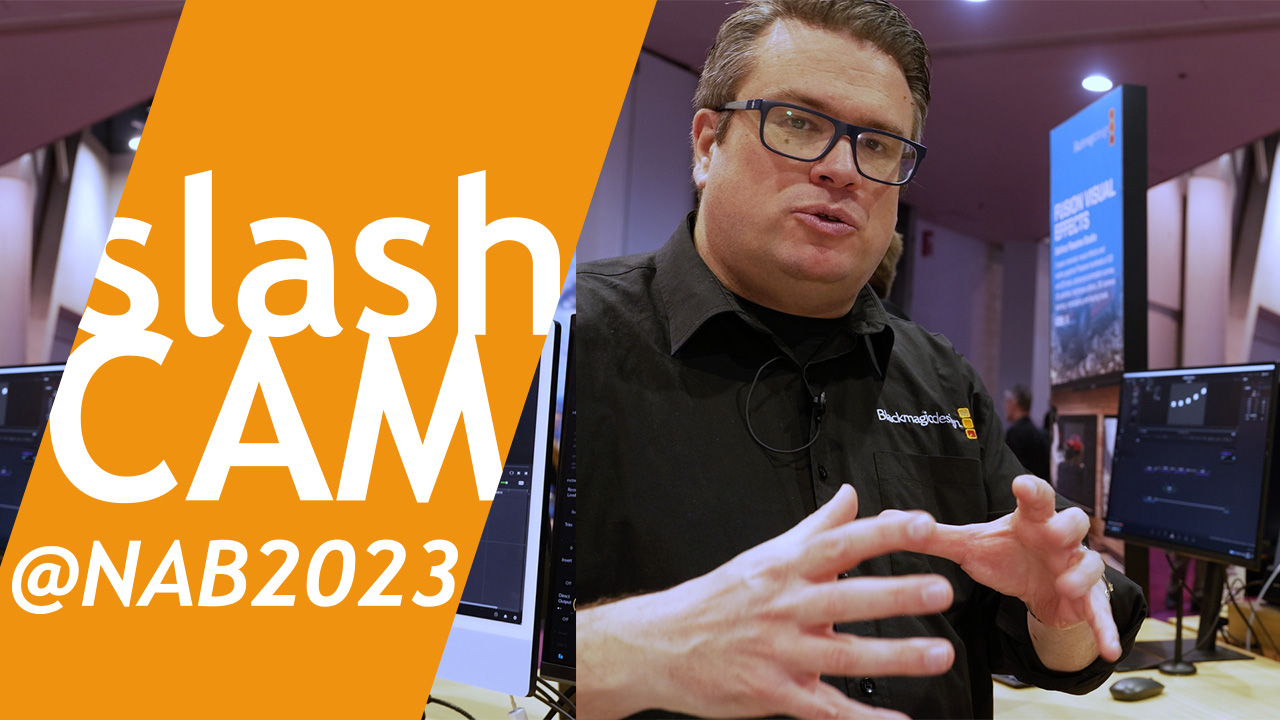[10:34 Sun,26.March 2023 by Thomas Richter] |
Current NVMe SSDs, such as the Samsung 990 Pro, are extremely fast - but what if you need an even higher speed or want to perform very many write operations that wear out normal SSDs? An interesting solution is the DDRAM disk, which - as the name suggests - uses the extremely fast DDRAM instead of flash memory, which is otherwise only used as RAM in computers. The DDRAM disk works in principle like the well-known virtual 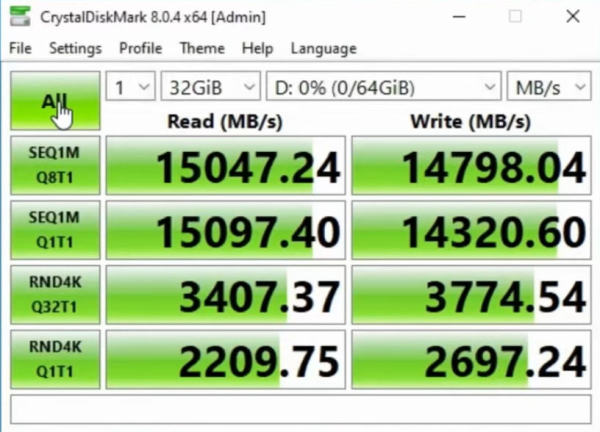 DDRAM disk in the benchmark The first DDRAM disk was already launched on the market in May 2022, at that time still equipped with DDR3 RAM and connected via PCIe. This predecessor version of the current DRAM disk achieved read and write speeds of up to 7,000 and 6,000 MB/s, respectively, and thus pushed the limit of the PCIe Gen 4 x4 interface used of a theoretical 7,877 MB/s. It also scraped close to the limit of the PCIe Gen 4 x4 interface. It also scraped close to the speed limit of the DDR3 memory - which is why both the interface and the memory were upgraded in the new version of the DDRAM disk. The current DDRamDisk V3.0 now uses DDR4 RAM as well as a PCIe Gen 4 x8 interface with a (theoretical) maximum speed of 15.754 MB/s has. 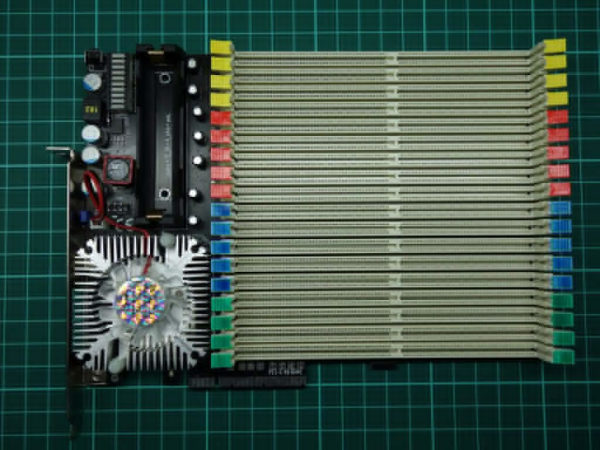 DDRAM Disk However, in the well-known RAM is forgetful without power.Since RAM of its nature "forgets" the state of the various memory cells without power, unlike the flash memory used in SSDs, the DDRAM disk is not suitable for permanent storage of data. It therefore only makes sense as an extremely fast cache disk that expands the existing RAM. However, it can bridge short periods without power without forgetting the memory content thanks to its own integrated small rechargeable battery. 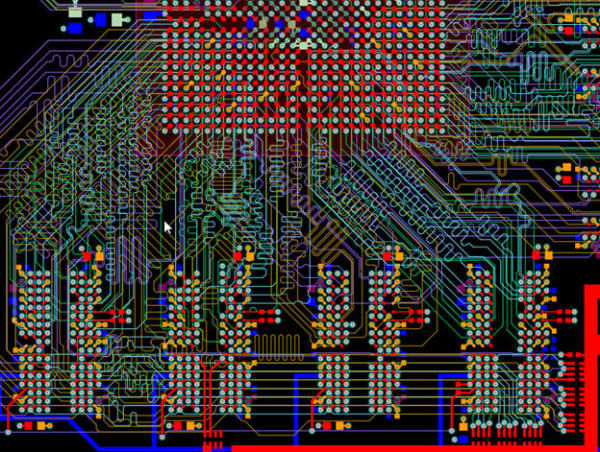 DDRAM disk board NVMe-SSD? DDRAM-Disk!In order for the DDRAM disk to be easily integrated into any computer system, it emulates flash memory and logs into the system as a normal NVMe SSD, making it easy to address. This is convenient on the one hand, but on the other hand, if it is not treated by the system as a very special, potentially forgettable SSD (e.g. by saving or reading its contents to a normal SSD at shutdown or startup), then the responsibility for the data stored there lies entirely with the user). Many write operations? No problem!Another advantage besides the speed is the fact that the DDRAM disk - unlike conventional SSDs with flash memory - does not experience a gradual wear of the memory cells through many write operations. Although an SSD can withstand between 10,000 (NAND) and 35,000 (NAND) write cycles, depending on the type of flash memory used, this value can be reached earlier than desired in certain special applications. For example in Distributed Computing, there can be problems with many write operations on SSDs - and this was precisely the trigger for the development of the DDRAM disk, which allows an unlimited number of write operations thanks to RAM. DDRAM disk vs NVMe SSD: advantages and disadvantages.Since current DDR4 RAM is much more expensive than flash memory, the prices for the DDRAM disks also turn out to be much higher than for NVMe SSDs with corresponding capacity. For example, a DDRAM disk with 256 GB costs about , with 512 GB , with 1 TB , and with 2 TB of storage a whopping ,130 - in comparison, a Samsung 990 Pro 2 TB is downright cheap with a price around 230 euros. 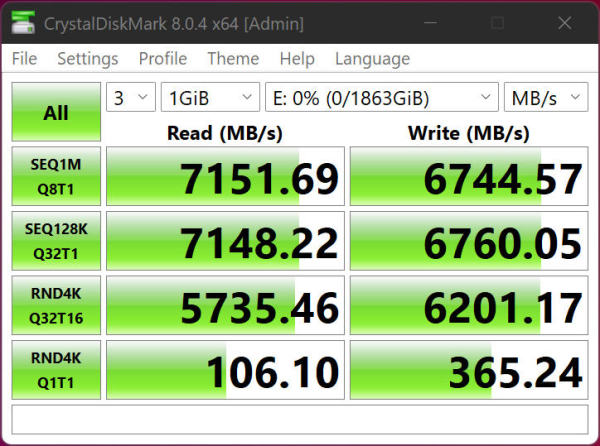 Samsung 990 Pro benchmark Since DDRAM disks can&t be used like normal SSDs, the data isn&t stored reliably, the high investment is only worth it if you have a special use case where the high speed in (especially random) reading and writing or the much higher durability really makes a difference. If you are only looking for high sequential speed, you are better off with two fast NVMe SSDs connected in RAID 0 with twice the read and write speed. Can you think of any use cases in your workflow for such a very specialized DDRAM disk? deutsche Version dieser Seite: Schneller und haltbarer als jede SSD: die DDRAM-Disk erreicht 15 GB/s |





